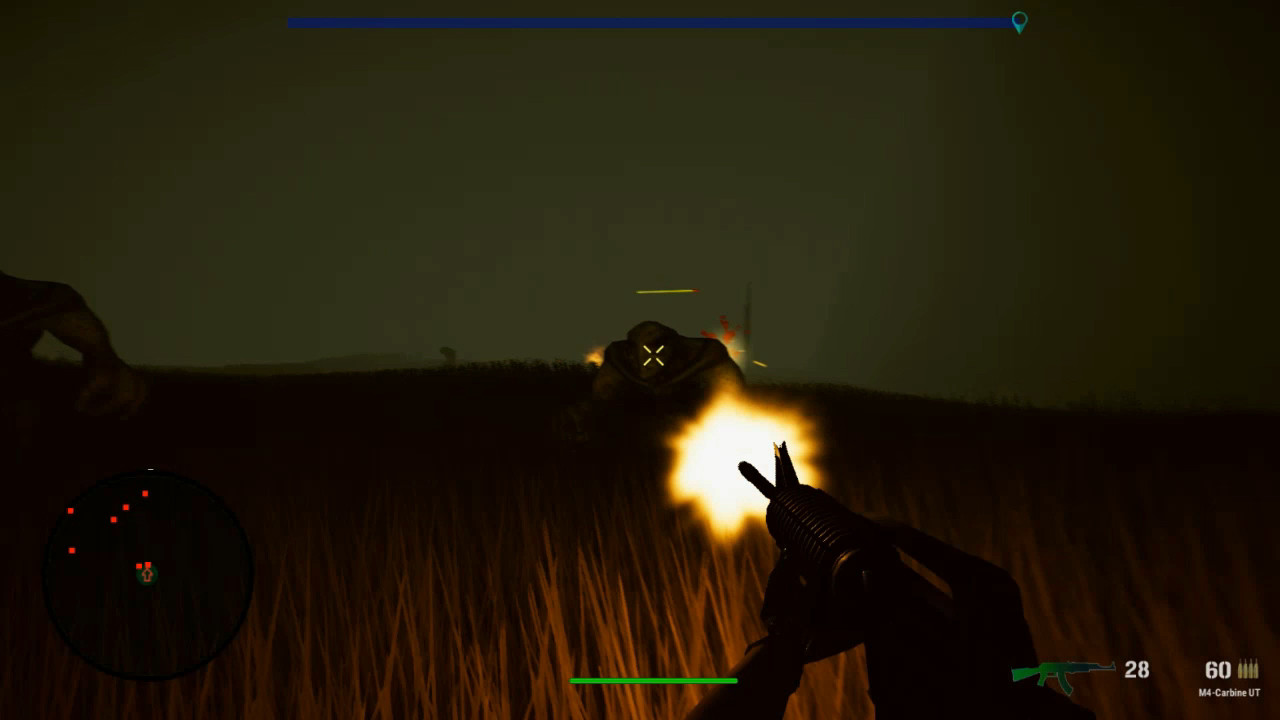
- #Realistic fps prefab for how to#
- #Realistic fps prefab for update#
- #Realistic fps prefab for full#
- #Realistic fps prefab for code#
In contrast, ECS tries to group similar data into chunks. With enough objects, it spills into slower RAM. Unity scatters the varied data across non-contiguous memory. Making a mishmash of data types within one object translates into a memory layout like this:įor example, your GameObject might reference several data types like a Transform, Renderer and Collider. For example, floats or strings can live side-by-side with methods like Start and Update. In classic Unity development, GameObjects and Monobehaviours let you mix data with behavior. See your tank die when it collides with a drone.Īlthough enemies can’t keep spawning ad infinitum, Unity still stutters and spikes under too many objects at once. Then open the prefab to edit and check Can Hit Player in the Enemy Non ECS component. Locate EnemyDroneNonECS in RW/Prefabs/NonECS. You can disable player invincibility for slightly more realistic test conditions. After a minute or so, the game slows down and becomes choppy as too many objects fill the screen. If you play long enough, you’ll notice the render time per frame increases while the FPS decreases. To see the gameplay’s real-time impact, use the Stats in the Game window to track the main CPU time and the frame per second, or FPS count. Hundreds of explosions, bullets and enemies clutter the Hierarchy. This invincibility mode allows you to stress test your app. By default, the drones explode on contact, but don’t destroy the player.

Notice that every few seconds, a new wave of enemies surrounds you. Point the mouse to aim the turret and left mouse button to fire bullets. Use the arrow or WASD keys to move the player’s tank.

#Realistic fps prefab for full#
Now, choose Maximize on Play in the Game view and set the Scale all the way to the left to get the full picture of the interface. Also, Scripts/Managers contains pre-built components to manage the game logic. You’ll find several custom components for handling the player input, movement and shooting in Scripts/Player. There are folders for Scenes and Prefabs, but you’ll mostly work in the Scripts folder for this tutorial. There’s a lot here, but in this tutorial you won’t touch the following directories: Here, you’ll find some folders containing assets used to build the demo.

The following packages are essential for any ECS-based project: Note: Selecting In Project from the drop down menu next to the + symbol will restrict the list of packages for easier updating.
#Realistic fps prefab for how to#
#Realistic fps prefab for update#
In this tutorial, you’ll update part of a simple shoot ‘em up to use the Entity Component System.

#Realistic fps prefab for code#
The result is more performant code that can handle massive scenes more efficiently. Central to this paradigm shift is the Entity Component System, or ECS.ĮCS restructures your workflow around your game’s data and how it’s stored in memory. Unity’s new Data-Oriented Tech Stack, or DOTS, moves away from OOP toward data-oriented design. But what if you’ve been doing it all wrong? For years, you’ve built your Unity applications around the best object-oriented practices: Classes, inheritance and encapsulation.


 0 kommentar(er)
0 kommentar(er)
